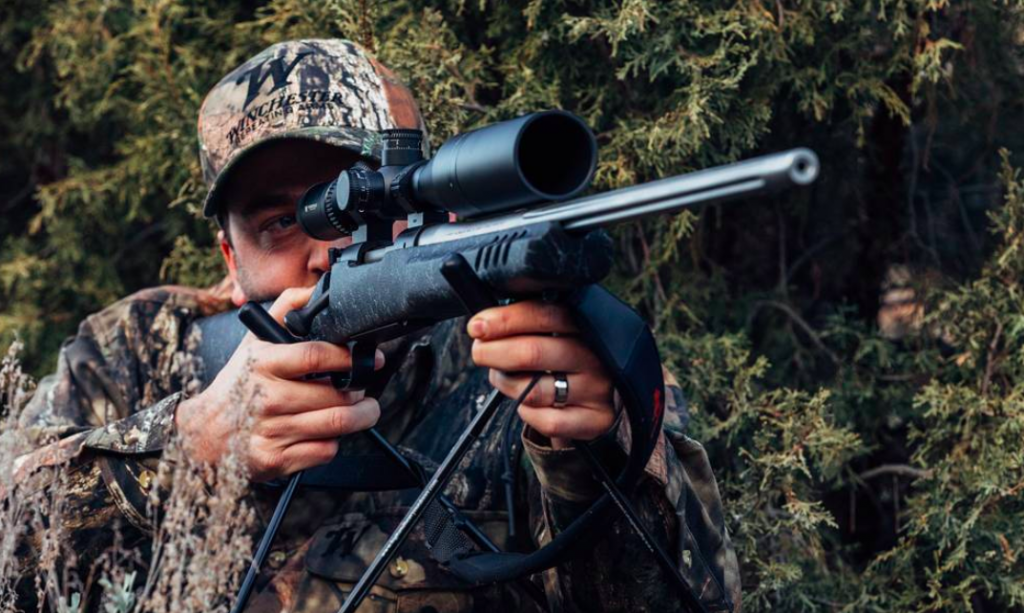Olin Corp. reported Winchester’s sales for the fourth quarter rose 2.5 percent $165.4 million from $161.4 million in the same period a year ago.
The increase in sales was primarily due to higher military sales, partially offset by lower sales to commercial customers reflecting lower demand for pistol, rifle and shotshell ammunition.
EBITDA for the segment, however, fell 55.6 percent to $11.1 million from $25.0 million due to pricing pressures caused by weakness in the commercial business. The decrease in earnings was primarily due to a less favorable product mix, lower selling prices and higher commodity and other material costs. Winchester fourth quarter 2017 results included depreciation and amortization expense of $5.3 million compared to $4.7 million in the fourth quarter 2016.
“In the fourth quarter of 2017, the Winchester business continued to experience lower year-over-year commercial sales as a result of a less favorable commercial product mix,” said John Fischer, Olin’s chairman, president and CEO, on a conference call with analysts. “These were partially offset by higher military sales in the quarter. The lower level of commercial demand has resulted in pressure on commercial ammunition selling prices in spite of higher commodity and other material costs.”
During 2017, the price of copper increased 21 percent, zinc prices increased 19 percent and lead prices increased by 12 percent, said Fischer.
For the year, Winchester’s sales fell 6.6 percent to $681.2 million from $729.3 million. Commercial ammunition sales in 2017 declined approximately 17 percent. Net income before taxes fell 40.1 percent to $72.4 million from $120.9 million due to lower commercial ammunition demand and a less favorable sales product mix.
Fischer said Winchester had its weakest year since 2012 but sees a better performance this year.
“As we look at the Winchester business in 2018, we expect both commercial and military ammunition sales to improve,” added Fischer. “We believe that customer inventory reductions in 2018 will have less impact than those that were experienced in 2017, but we expect commercial customers to buy cautiously. We also expect commodity metal costs to be higher in 2018 compared to 2017. At the moment, Olin does not believe that the price increases that have been announced by the industry are sufficient to offset commodity and other material cost headwinds.”
Earnings at Winchester in 2018 are expected to benefit from improved ammunition volumes and improved operating efficiencies. Fischer added, “We’re currently cautious about our Winchester forecast due to the high commodity and other material costs and the pricing environment.”
Photo courtesy Winchester
















